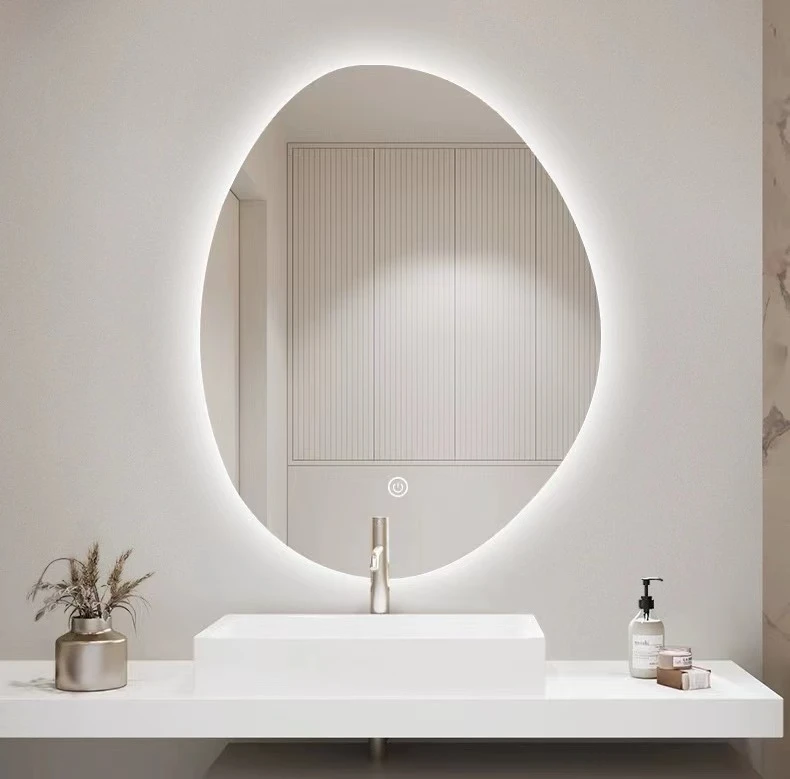

The Revolution of Tinted Glass Manufacturing
In recent years, the tinted glass industry has emerged as a vital player in the construction and automotive sectors. The innovation of tinted glass technology has revolutionized the way we perceive and utilize light within our environments, offering practical benefits while enhancing aesthetic appeal.
At its core, tinted glass is produced by introducing various materials and chemicals into the glass during the manufacturing process. These additives serve multiple purposes, including energy efficiency, UV protection, and glare reduction. By controlling the levels of tint, manufacturers can customize glass for specific applications, allowing designers and architects to achieve their desired aesthetic while also enhancing the performance of buildings and vehicles.
The tinted glass factory is a bustling hub of innovation and engineering. The process begins with the selection of high-quality raw materials, primarily silica sand, soda ash, and limestone. These materials are mixed and melted in a furnace at extreme temperatures, reaching up to 1,700 degrees Celsius. Once the glass reaches a molten state, the tinting agents are added. Common tinting materials include iron oxide and various metallic oxides, which add color and reduce light transmittance.

After the tinting additives are incorporated, the glass is carefully shaped and formed. This can include processes such as casting, blowing, or pressing, depending on the glass's intended use. The glass sheets are then annealed in a controlled environment to relieve internal stresses, ensuring durability and strength.
The benefits of tinted glass extend beyond aesthetics. In commercial and residential buildings, tinted glass contributes to energy efficiency by reducing the need for artificial lighting and air conditioning. It acts as a barrier against harmful UV rays, which can fade furnishings and cause skin damage. In automobiles, tinted windows not only provide privacy and enhance the vehicle's appearance but also protect passengers from harmful solar radiation.
Sustainability is also a growing focus within the tinted glass industry. Many manufacturers are adopting eco-friendly practices, such as recycling glass waste and exploring alternative, non-toxic tinting agents. Innovative technologies like low-emissivity (Low-E) coatings are becoming popular, allowing for enhanced insulation while maintaining transparency.
In conclusion, the tinted glass factory is at the forefront of an industry that combines art, science, and sustainability. As demand for energy-efficient and aesthetically pleasing solutions continues to rise, the tinted glass industry is poised for significant growth. With ongoing advancements in technology and manufacturing processes, tinted glass will play an increasingly important role in shaping the built environment of the future.